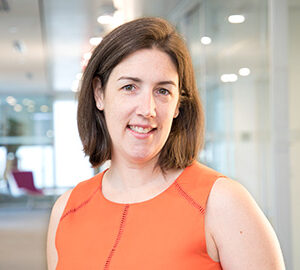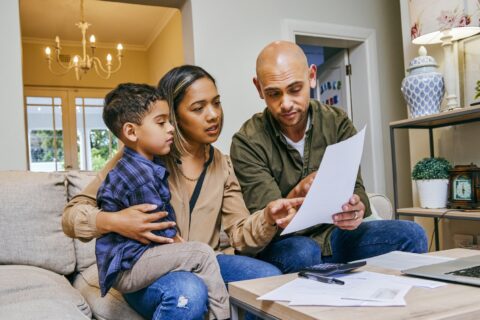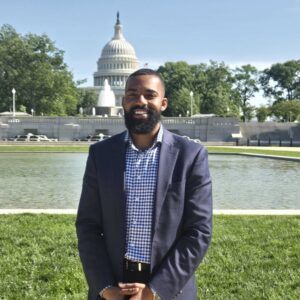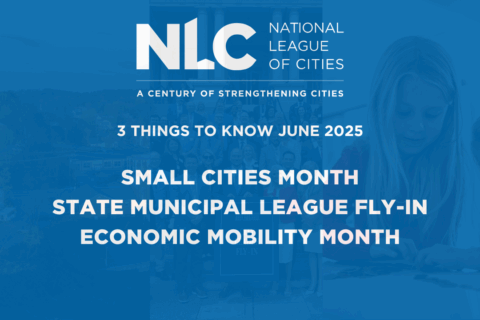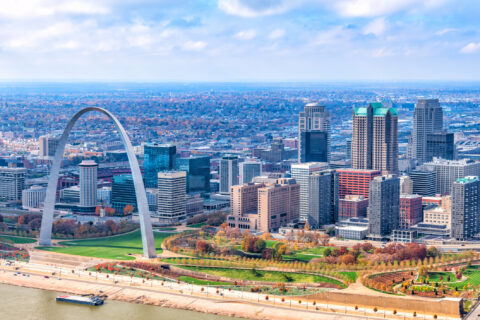In late August, President Biden announced a three-part plan to address the burden of growing college costs. With the final extension of the pandemic student loan repayment pause set to expire on December 31, 2022, now is the time for borrowers to take advantage of the programs currently available. City leaders can play an important role in raising awareness for residents and municipal employees about what options are available to help them tackle student loan debt.
Debt Relief
As part of President Biden’s plan, this week marked the official launch of the One-Time Federal Student Loan Debt Relief Program. This program will provide up to $20,000 in debt relief to Pell Grant recipients with loans held by the Department of Education and up to $10,000 in debt relief to non-Pell Grant recipients. Borrowers are eligible for this relief if their individual income (or married filing separately) is less than $125,000 or $250,000 for those who are married and filing jointly, heads of household, and qualifying widows.
The Administration notes borrowers can expect relief within six weeks with this new program. However, borrowers are encouraged to apply by mid-November in order to receive relief before the loan repayment pause expires at the end of the year.
Loan Forgiveness
The time-limited Public Service Loan Forgiveness (PSLF) waiver is set to expire on October 31st. Through this waiver, the PSLF program will make it easier to receive forgiveness for those who work in public service, including municipal employees, by allowing borrowers to receive credit for past periods of repayment that would otherwise not qualify. For more information on this program, refer to a previous CitiesSpeak blog from early August.
Repayment Plan Adjustments
The Administration is also working to propose a rule to create a new income-driven repayment plan to reduce monthly payments for certain borrowers. Under the new proposal, borrower payments would start at 225 percent of the federal poverty level and would equal up to 5 percent of their discretionary monthly income on undergraduate loans. Simply stated, those who make about the annual equivalent of a $15 minimum wage for a single borrower wouldn’t have to make a payment. The plan would forgive unpaid monthly interest and provide loan forgiveness after 10 years for borrowers with loan balances of $12,000 or less. While this rule is still under development, it would be another tool in the toolbox for local officials and their residents to strengthen the financial stability of families and communities.
As the Administration moves forward with this plan, multiple lawsuits have been filed challenging these programs. As these lawsuits move forward in court, tweaks or delays may been seen to these programs, but the Administration encourages those who qualify to continue to apply.

